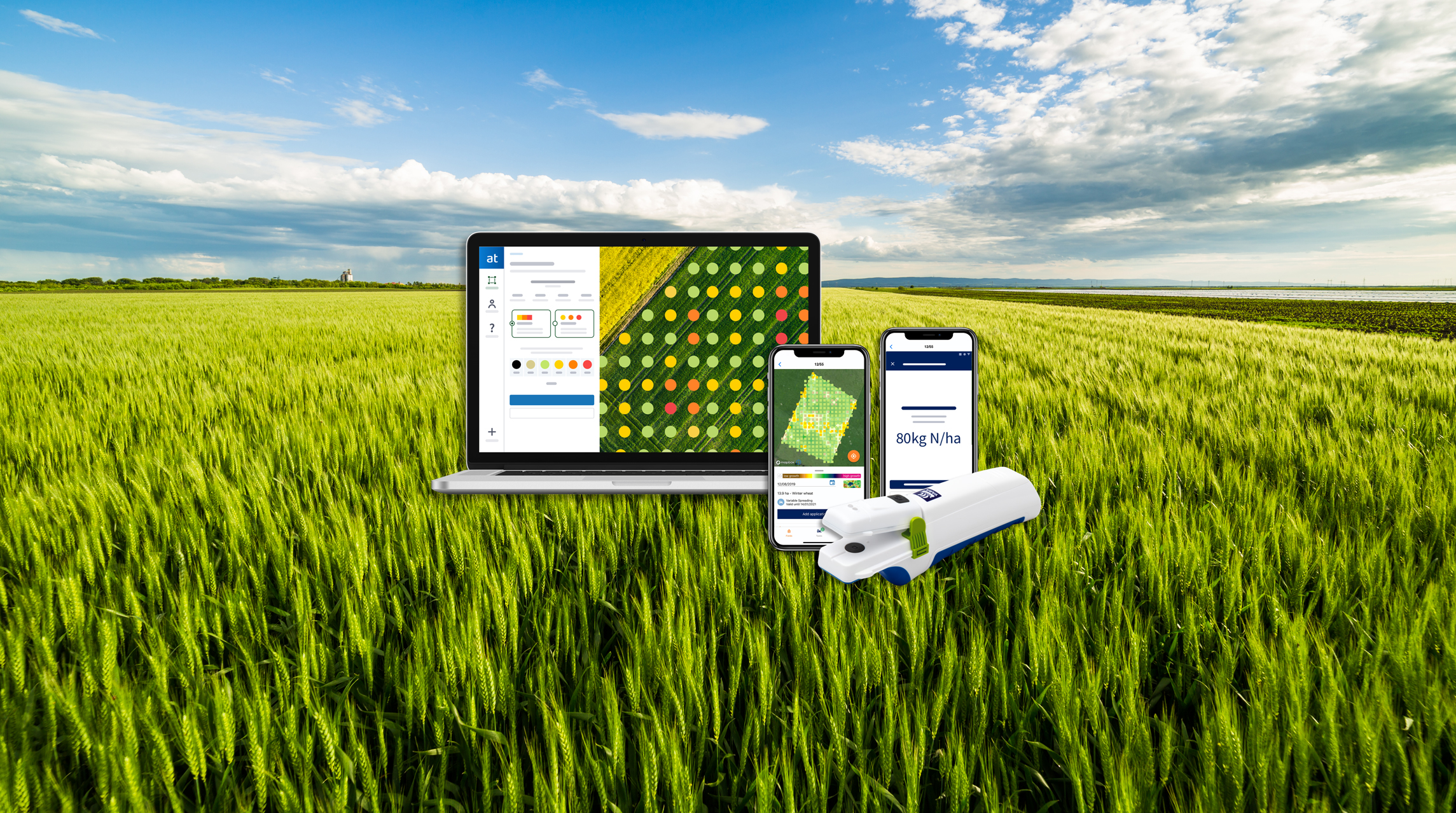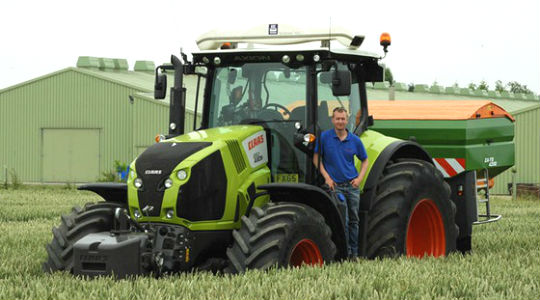Why use soil testing and analysis?
Soil testing followed by accurate and reliable soil analysis data gives the knowledge of the chemical, physical and biological status of a soil that is fundamental to many of the management decisions made on the farm.
Soil testing enables the planning of cultivation and soil management actions as well as providing the basis for a sustainable crop nutrition programme that is accurate, timely and -- increasingly importantly -- environmentally responsible.
In short, soil testing provides the critical information required to ensure all crop nutrition decisions are accurate, efficient, cost-effective and responsible.
| Soil analysis provides fundamental knowledge on the chemical, physical and biological status of a soil. This information is used to manage the soil and to develop an effective Nutrient Management Plan that optimises crop production. |
Hannah Shirt
Business Development Manager - Analytical Services
North of England, Scotland and Ireland
FACTS Qualified Advisor (FQA)
What to analyse?
Most of the work, and cost, of soil testing, is in the sampling and transportation of the samples to be analysed to the laboratory. Once the sample has arrived it makes sense to get as much information as possible from the sample.
1. Nutrient analysis
Soil testing provides an inventory of crop available nutrients and the background to build a nutrient management plan. Basic soil analysis (P, K, Mg and pH) is a legal requirement in England, but this analysis only provides a part of the picture as other nutrients and factors can be limiting to crop growth. In order to get the most from a soil sample, it is important to analyse for all nutrients using Yara’s Broad Spectrum analysis group which includes the analysis for secondary nutrients, such as sulphur, and micronutrients
2. Chemical and physical analysis
The physical and chemical characteristics of the soil need to be considered before making any soil management decisions or planning a nutrient application strategy. Soil pH, Cation Exchange Capacity, organic matter and soil texture all have an impact on how we manage our soils and crops.
3. Biological analysis
An active population of soil organisms is essential to a healthy soil; they contribute to crop nutrition, recycling nutrients from the humus, organic matter and soil particles, as well as influencing soil structure. . Together with the analysis of organic matter, a biological analysis provides a rounded picture of a soil’s overall health, it’s response to soil management practices and its potential for producing high yielding, quality crops.
What analysis packages are available?
Soil broad-spectrum (BS)
This is our most popular soil analysis package as this gives the nutrient levels for all twelve plant nutrients and ensures no deficiency is missed and also includes CEC pH and calculates the lime requirement. The report also interprets the results compared to benchmark levels and gives recommendations to avoid deficiencies. The nutrients included in this analysis are:
P, K, Ca, Mg, S, B, Cu, Fe, Mn, Mo, Zn, Na, CEC, pH, Lime Requirement
Soil broad spectrum extra (BSE SOL)
This package provides a full picture of the soil’s overall health; physical, chemical and biological, and therefore the potential for producing high yielding, high-quality crops.
Parameters included: P, K, Ca, Mg, S, B, Cu, Fe, Mn, Mo, Zn, pH, CEC, Organic Matter, Sand %, Silt %, Clay % and soil texture classification, plus the Solvita CO2 respiration test, microbial mass, C:N ratio, a Potential Mineralisable Nitrogen estimation and a soil health score.
Animal health soil (AHS)
P, K, Ca, Mg, S, B, Cu, Fe, Mn, Mo, Zn, Na, Co, I, CEC, pH, Lime Requirement
Animal health soil (Se) (AHSa)
P, K, Ca, Mg, S, B, Cu, Fe, Mn, Mo, Zn, Na, Co, Se, CEC, pH, Lime Requirement
How to assess variability in soil nutrient supply
With the use of satellite images and Yara’s expertise in precision agriculture, every farmer can simply check the status of their crops and optimise the amount of nitrogen in top dressings to increase the crop’s yield.
Atfarm is a free online service that allows farmers to create biomass maps to identify variations in the biomass of crops at any growth stage in any crop. Using Atfarm any farmer can create variable rate application maps for fertilisation using automatically updated satellite information based the N-Sensor index all in an easy-to-use platform. It is also possible to also adapt the application map according to individual needs and knowledge of a field. The mapping can also be used to identify zones of variability within a field for targeted soil and leaf sampling.
Listen to our soil analysis podcasts
If you are short of time why not check out our bite-size podcast for the latest thoughts from Yara's Analytical Specialists who discusses why soil testing and analysis should be the starting point to grow successful crops and to ensure the soil is left in better health for the future.
Related articles


























































